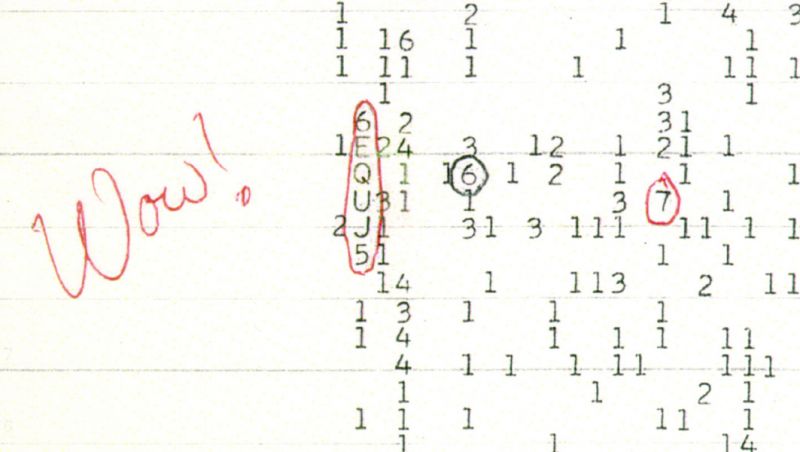Are fighter pilots blasting extraterrestrial craft out of the sky?

In the past two weeks, the U.S. military has opened fire on multiple flying objects that have crossed into North America. The most recent intruder was taken out over Lake Huron on Super Bowl Sunday.
The government says at least one of the four objects was sent to spy on the U.S. by China. (China officially disagrees, calling the first object a wayward weather balloon.) The most recent administration spin is that the three most recently shot down UAPs (unidentified anomalous phenomena) could be benign.
But as with so many UAP sightings, and especially given the government’s aggressive response, speculation about alien activity ran rampant anyway. Are fighter pilots blasting extraterrestrial craft out of the sky?
Ever since the 1940s, aliens have been the go-to explanation when it comes to understanding mysterious objects in our atmosphere. It’s a disputable hypothesis, but one that enjoys widespread popularity. Half of the respondents in a 2021 Pew Research survey endorsed the idea that UFOs reported by the military are actually craft sent here from light-years away.
However, it needs to be said, again, that blaming the aliens doesn’t pass the smell test in this case.
Whatever China was doing with its giant balloon, the object’s highly limited maneuverability, a common shortcoming of inflatables, hardly sounds like what extraterrestrials would send our way. After all, if they can bridge the tens of trillions of miles between their planet and ours, they would surely deploy sophisticated steering technology once their probe reached our planet. We don’t send rovers to Mars that just roll around with the wind. Aliens would want to direct their hardware to the most promising vantage sites.
It also seems unlikely that an interstellar probe would be a balloon at all. Inflatable craft are slow, easily seen, and — as evidenced last week — vulnerable to weapons like Sidewinder missiles. (Although apparently one of the missiles did miss its target, requiring a $400,000 do-over.) They also require an atmosphere in which to float, and that limits their presence to only a few dozen miles above sea level, at best. Wouldn’t it make more sense for the aliens to put their hardware in a high Earth orbit — in other words, to opt for satellite reconnaissance? After all, that’s what we often do. Defense experts have already noted that, whatever their origin, the balloons are a puzzling technological choice given the superior capabilities of orbiting satellites.
It’s also instructive to consider the idea of reconnaissance from the aliens’ point of view. Sure, they might find it attractive to launch probes that would take up residence near to Earth, and then transmit imagery and other information back to their home world. But even if the extraterrestrials have rockets with speeds a hundred times greater than the best humans can currently build, those craft would still require nearly a thousand years to get here. That implies very patient aliens, or some new physics.
Nonetheless, you can bank on the fact that some members of the UFO community will demand proof positive that these objects are not further evidence that Earth is being visited. Unfortunately that line of thinking is not based on reason. Rather, it’s an “argument from ignorance.” Since we don’t know what all of these objects are, it’s fair to say that they’re probes from other parts of the galaxy. Let your fantasy be your guide.
It’s not quite true to say that “there’s nothing to see here.” There is something to see, but it’s of interest to defense types, not conspiracy theorists. The real explanation for why these objects have excited the UFO buffs is that they superficially resemble, well, UFOs. They’re something new in the sky, clearly artificial, of uncertain provenance, and visible (in at least one case) to the naked eye.
Eventually the contents and construction of all of these floating intruders will hopefully be revealed. Government officials do not seem very concerned. “I don’t think the American people need to worry about aliens with respect to these craft, period,” noted White House National Security spokesman John Kirby.
There also seems to be little doubt that — now that we’re on alert and our radar systems have been adjusted to higher sensitivity — more will be found. That may sound like good news for UFO fans. But it may also signal the beginning of the end for many theories. The more we know, the less oxygen there will be for speculators.
When asked where these balloons come from, I’d suggest that Shenzhen is a better bet than Sagittarius.
This article was originally written for msnbc.com.





